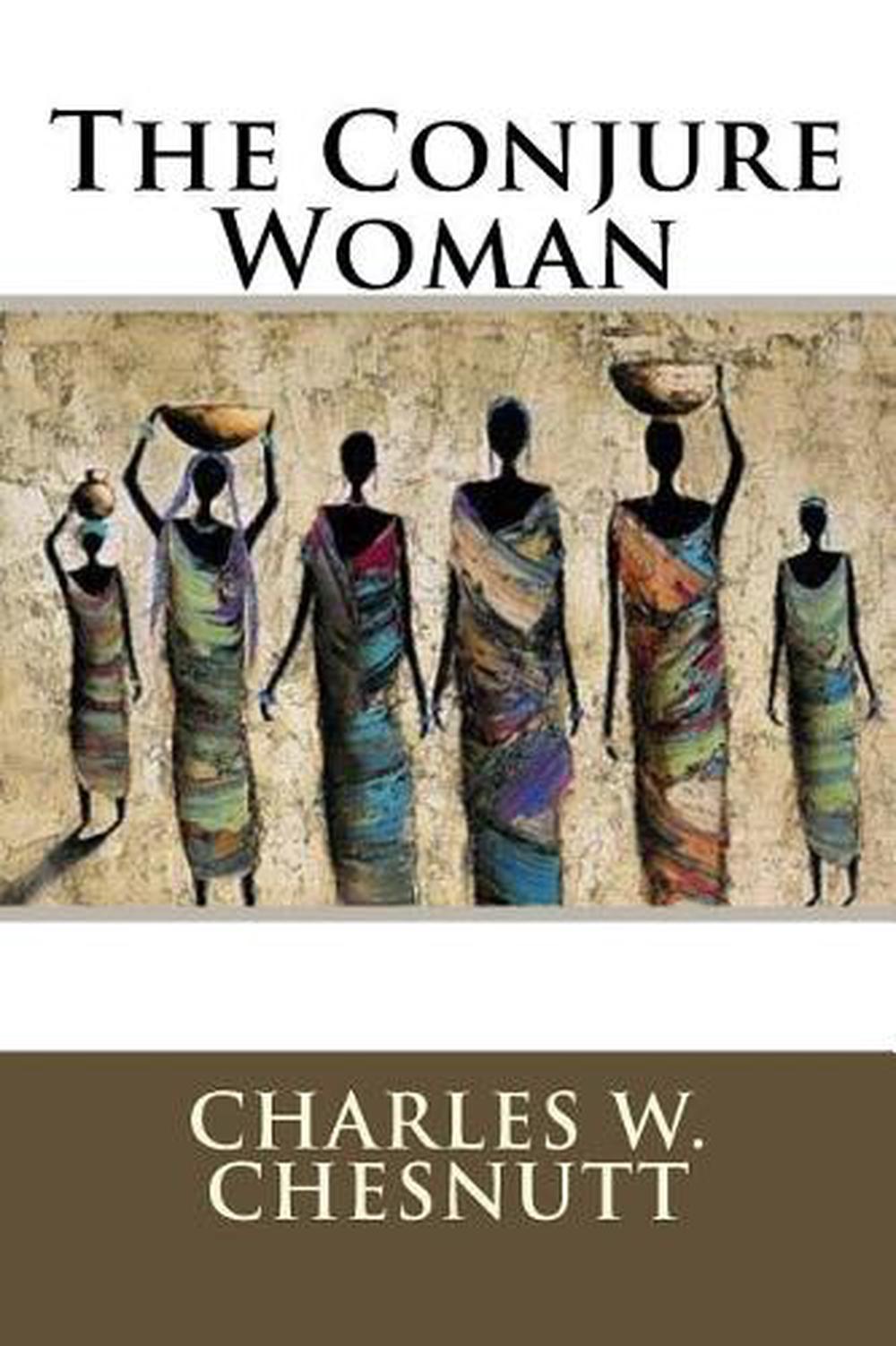

Charles Crow notes that “Julius’s story is Gothic for Annie, comic for John,” or, more to the point, Gothic for those who recognize the dehumanizing consequences of slavery and who are, perhaps, part of a disenfranchised group themselves (American Gothic, p. John scoffs at this bit of folkloric imagination, but John’s wife Annie refuses to use the wood and instead gives the old place to Uncle Julius’s church group. Once she realizes what has happened Tenie goes insane with grief. In a brutal turn of events symbolically indicative of an institution that reduces human beings into objects Sandy is then cut down and the wood used to make the now disused structure. Sandy was turned into a tree by his wife, Tenie, so that the two of them could remain together rather than being sold or killed as the property of their masters. Uncle Julius tells him that the structure is haunted by a slave named Sandy. Chesnutt’s short story “Po’ Sandy” (1888, published as part of Chesnutt’s “Conjure Woman”) sees, in its framing story, the new white landowner John attempt to recycle some wood from a broken-down structure on his property in order to build a kitchen. ‘The Plantation’ as a cultural haunted house frequently figures in Chesnutt’s tales, but he also suggests that more humble dwellings also have the ability to hold or embody the souls of the dead or repressed. The stories themselves and the manner in which they are told express the horrors of slavery through a post-slavery voice, and arguably Chesnutt’s exploration of repression and trauma makes the “Conjure Woman” tales distinctly Gothic texts, an African American experience functioning as American Gothic literature.

Chesnutt’s ‘Uncle Julius’ character uses folk tales as metaphors for the horrific realities of slave life, peddling them to a Northern couple who have, in the framing device, only recently moved South and are unaccustomed to Southern ways. As a result, slaves turned to alternative and subversive oral folklore to keep their identities alive, protecting themselves by shrouding their messages in metaphor and symbolism. Slavery as an institution also prevented the education of slaves, hampering their ability to convey stories to a mainstream audience. Under slavery ‘talking back’ or articulating some kind of narrative was often a severely punishable offence. Chesnutt himself identified Julius’s folkloric Gothic tales as part of a Post-bellum and Pre-Harlem Renaissance impulse to re-write repressed narrative.Īs such, the characters in “Conjure Woman,” white and black, Southern and Northern, explore the legacy of slavery in America – most importantly, African American characters are caught between an profound need for individual self-expression and the lingering psychological effects of a life spent in slavery. His “Tales of the Conjure Woman” (published 1887-1924) can be classified in various ways – the frame narrator, a white northerner named John, may see the tales told to him in regional dialect by the freed-slave narrator Uncle Julius as comical fairytales (though decidedly more Grimm brothers than Disney) but he is pretty much the only one who does. As such my first text is not is not strictly considered a Gothic work.Ĭharles Chesnutt was a mixed race author in post-Civil War America writing in response to other, less comprehensive attempts to determine a racial identity. Rather, I’d like to look at how the concept of the haunted house and America’s unique historical identity merged to create some interesting Gothic texts. However, none of the houses I’ll be discussing are the conventional kind of creepy castle. In the tradition of Sheffield Gothic’s perpetual question “but is it Gothic?” this is the first in a three part blog mini-series about haunted houses in American literature.


 0 kommentar(er)
0 kommentar(er)
